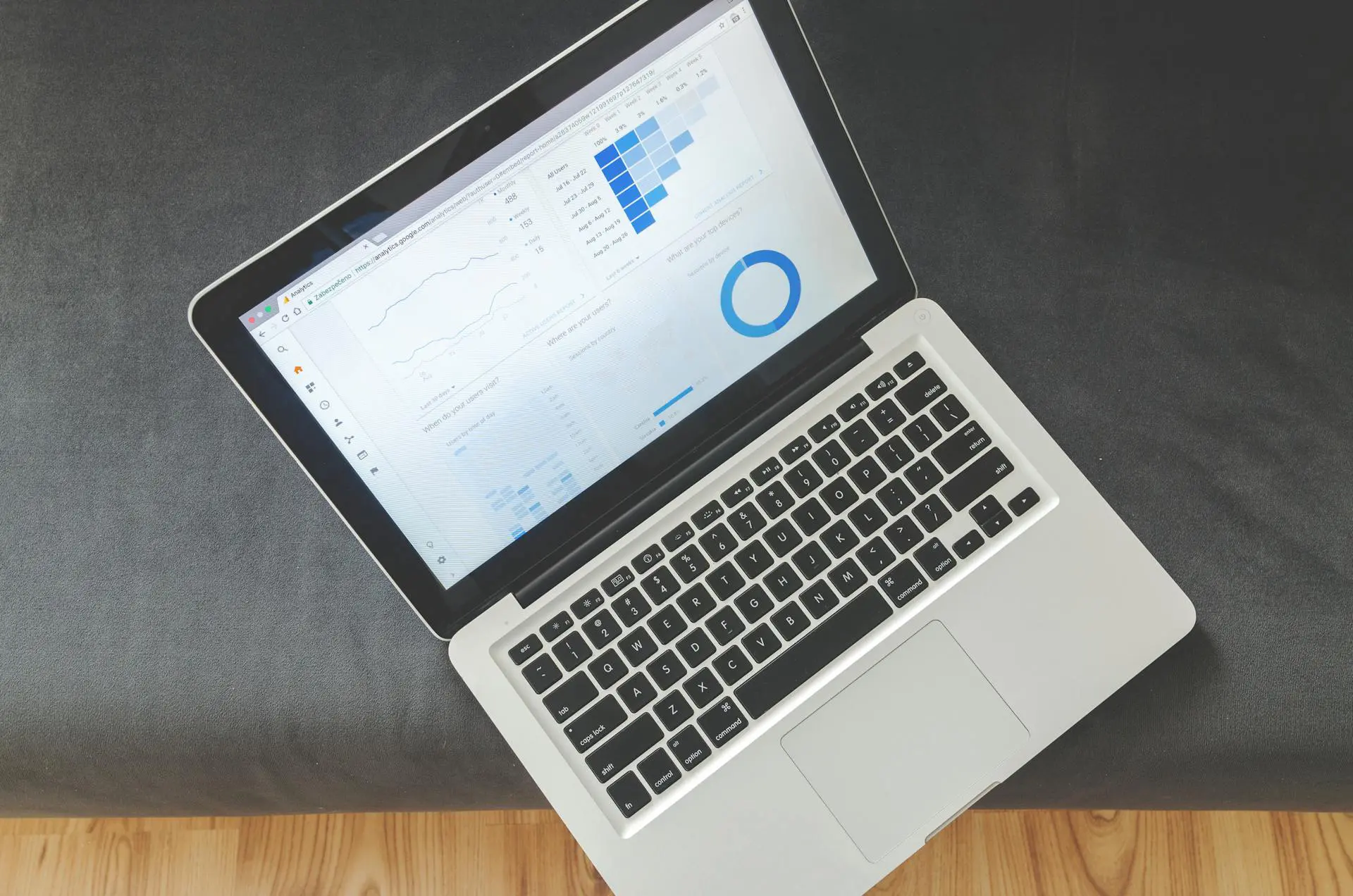The concept of data governance has come a long way since its inception in the 1960s. What began as a narrow focus on compliance and data quality within limited scopes has evolved into a holistic approach encompassing data security, privacy, and usability.
Today, the rapid increase in data volume and diversity has made strong data governance essential. Consider this: by 2025, the estimated amount of data created, stored, copied, and consumed worldwide will reach 181 zettabytes. This explosion of data and relevant regulations like GDPR and CCPA underscores the importance of trustworthy data management practices.
Proper data governance ensures organizations can use their data effectively while minimizing risks. As digital transformation initiatives accelerate across industries, the need for robust governance frameworks has never been more critical. So, what does the future of data governance hold?
Let’s explore the exciting data governance trends and technologies that are set to reshape this crucial business function.
Automation: the new powerhouse of data governance
Picture a world where data sorting, management, and quality checks happen smoothly, without human hands. That’s what automation brings to data governance.
Automated tools are changing how we handle large and complex data sets. They’re taking over repetitive jobs, cutting down on human mistakes, and boosting data quality and reliability. For example, AI systems can now automatically label and sort data based on set rules – a job that used to take people countless hours.
But it’s not just about doing things faster. Automation allows for real-time data governance, adjusting instantly to data changes and errors. This means quicker decision-making and better productivity across the board.
As we look at the future of data governance, automation stands out as a key trend that’s here to stay.
Real-time data processing: every second counts
Remember when we used to process data in big batches overnight? That’s becoming old news.
Real-time data processing is the new standard. It combines data collection and processing to give insights at lightning speed. While this approach needs a lot of resources, it allows for quicker, more flexible decision-making.
Let’s look at banking data governance, for instance. Real-time data processing helps them spot fake transactions almost instantly, protecting the bank and, most importantly, its customers.
But with great speed comes great responsibility. Companies must balance the need for speed with keeping data quality high and privacy secure.
AI and machine learning: the smart guardians of data
AI and machine learning (ML) are no longer fancy tech terms – they’re becoming key players in effective data governance. These technologies are indispensable in managing the ever-growing complexity of data landscapes.
These technologies are making data governance more accurate and efficient in several ways:
-
- Automatically spotting data oddities and breaches
-
- Helping manage data quality by finding inconsistencies and duplicates
-
- Helping predict future trends to guide data governance strategies
Machine learning models are proving invaluable in predictive analytics, guiding future data governance strategies. For instance, in industrial IoT applications, predictive maintenance powered by ML safeguards data integrity throughout operations.
Moreover, AI tools automate numerous data governance tasks, significantly reducing manual workload. Take AI-driven metadata management systems, for example. They help organizations efficiently manage their data assets, from classification to lineage tracking.
As AI and ML continue to evolve, their role in shaping data governance trends will only grow more prominent.
Cloud-based data governance: flexibility meets growth
The cloud is reshaping data governance, offering unmatched scalability and flexibility. Cloud data governance solutions provide seamless data access across different locations and systems, supporting today’s distributed work environments.
Take companies using AWS or Azure for data storage and governance. They can scale their operations quickly and efficiently, adapting to changing business needs. Cloud governance tools are also democratizing data access, allowing more stakeholders to use data securely. For instance, data mesh architectures enable decentralized data management within organizations, breaking down traditional silos.
Cloud solutions also support remote work by allowing secure data access from anywhere. This is particularly crucial for maintaining compliance with regulations like GDPR and CCPA.
However, this cloud shift isn’t without challenges. Organizations must implement strong security and privacy controls to protect their data in these new environments. The key is finding the right balance between accessibility and security.
Data ethics and privacy: building trust as a business asset
In a time when data breaches make news almost every day, data ethics and privacy have moved from the sidelines to the center of data governance strategies.
Rules like GDPR and CCPA have reshaped how organizations collect, store, and use data. Businesses now need to ensure clear and fair data usage to maintain customer trust. This includes getting clear permission before collecting personal data and letting users opt out of data collection.
Breaking data privacy rules can lead to hefty fines and damage to reputation. Conversely, ethical data governance can boost a company’s credibility and trustworthiness, turning data ethics into a business advantage.
Incorporating ESG: data governance goes green
Environmental, Social, and Governance (ESG) factors are undoubtedly shaping the future of data governance.
Companies are connecting their data governance to ESG goals, supporting clear and reliable ESG data reporting. This might involve tracking energy use to understand carbon usage and implementing practices to reduce the business’s footprint or using AI and ML to analyze ESG data and uncover insights.
In addition, social responsibility is becoming closely tied to data privacy practices. Companies are building ethical principles into their data strategies to prevent biases and foster openness with stakeholders.
Data literacy and democratization: empowering everyone
The future of data governance isn’t just about technology—it’s about people, too. Data literacy and democratization are emerging as key trends in data governance, enabling non-data experts to use data independently.
Organizations are investing in data literacy training, offering workshops and online courses to help employees make the most of data assets. They’re also implementing user-friendly platforms for easy data access and analysis, allowing everyone from marketing teams to top executives to gain insights from data.
However, this wider access to data must be balanced with strong governance policies to ensure data security and integrity. Role-based access controls and ongoing monitoring of data usage patterns are becoming essential parts of data governance strategies.
Challenges in the future of data governance
As we navigate the future of data governance, several challenges loom on the horizon:
-
- Keeping up with rapidly evolving technologies
- Balancing data accessibility with security concerns
- Ensuring compliance with an ever-changing regulatory landscape
- Addressing the skills gap in data governance roles
- Managing the increasing volume and complexity of data
Overcoming these data governance challenges will require a combination of technological solutions, strategic planning, and ongoing education and training.
Preparing for the future of data governance
So, how can organizations prepare for these data governance trends? Here are some key steps:
-
- Invest in Master Data Management (MDM), automation, and AI technologies to streamline data governance processes
-
- Develop comprehensive data ethics policies
-
- Prioritize data literacy across the organization
-
- Regularly review and update data governance strategies to align with emerging trends
-
- Foster a culture of data responsibility and awareness
By taking these steps, organizations can position themselves to thrive in the evolving landscape of data governance.
Embracing the data governance revolution
As we look to the future, it’s clear that data governance is no longer just about compliance and data quality. It’s evolving into a holistic approach that encompasses data security, privacy, usability, and ethics. The future of data governance is dynamic, driven by technological advancements and changing societal expectations.
Organizations that embrace these data governance trends and technologies will be well-positioned to thrive in the data-driven future. They’ll be able to make better decisions, innovate faster, and build stronger relationships with their customers and stakeholders.
The future of data governance is here, and it’s more exciting – and more critical – than ever before. Are you ready to embrace it and lead your organization into this new era of data-driven success?
Get in touch today to see how we can support your business’s data governance strategy with the Semarchy Data Platform.
Share this post
Featured Resources
No featured post selected.























































